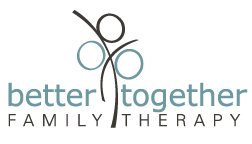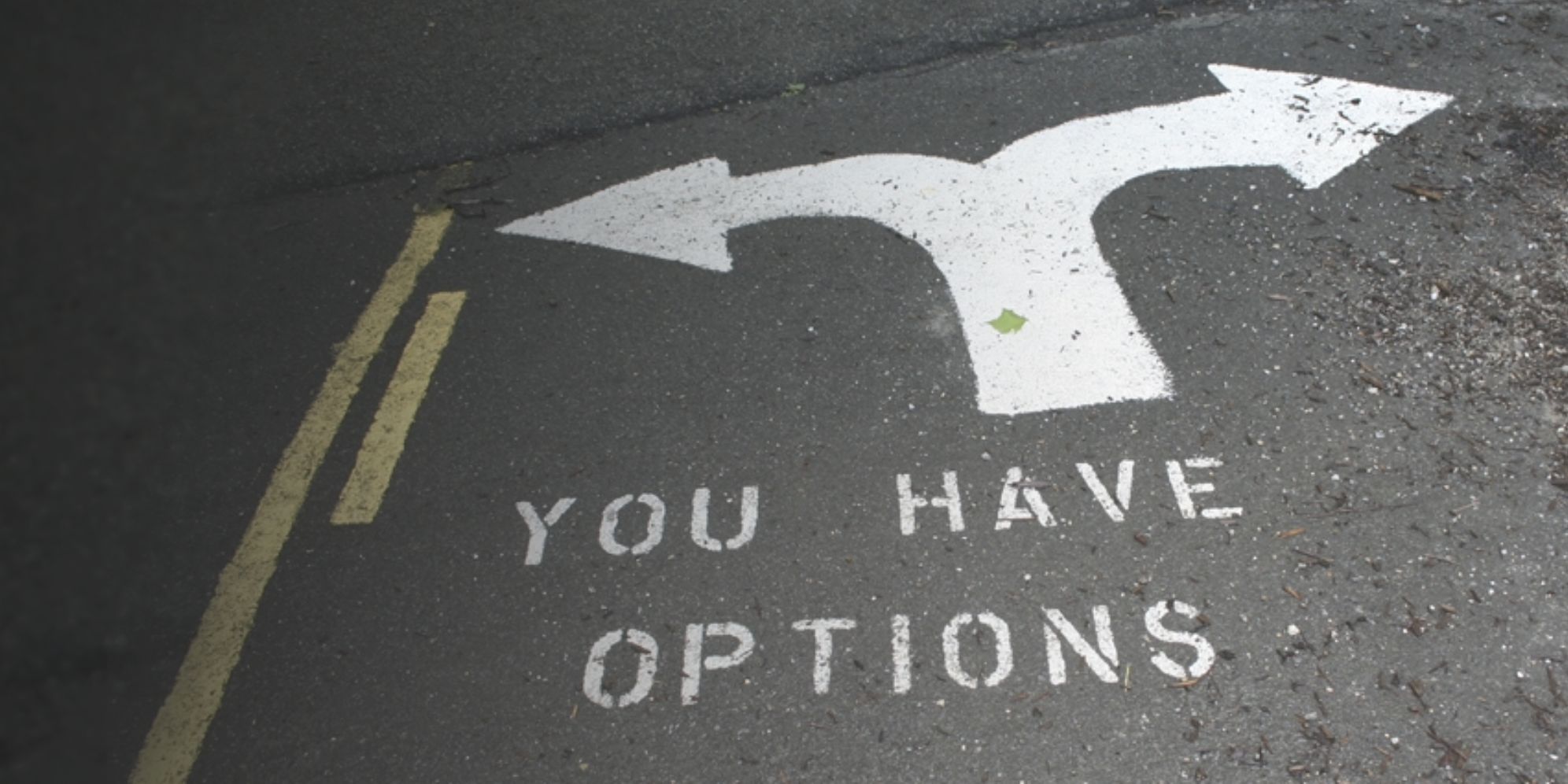Why Child Psychologists, Teen Counselors, and Family Therapists focus on Flexible Thinking
Your child has a tantrum or meltdown about getting the wrong color cup. What’s happening? A failure to think flexibly.
For a young child this is developmentally appropriate. As children grow, we expect their ability to think flexibly to get better. This happens more slowly and requires more support for children coping with autism, ADHD, or anxiety.
Especially for Anxiety, ADHD, or Autism
Your teen with ADHD, autism, or anxiety might experience a sudden flood of emotion in the face of change. And a meltdown may still happen. Flexible thinking is what allows that initial emotional outburst to end. It enables your child to shift to problem solving.
Learning to think flexibly also disrupts the cycle of anxiety and rigidity we mentioned above. And it has social benefits. It helps your child to be open to a peer’s idea or point of view.
In families, it helps parents adjust to the needs of a child. And helps children adjust to a change in plans or expectations. It helps partners find compromise when they have opposing needs.
Flexible Thinking and CBT (Cognitive-Behavioral Therapy) for kids
Popular models of therapy all have ways of getting you unstuck. They incorporate flexible thinking. In CBT, flexible thinking is called “balanced thinking.” It’s a way of thinking that acknowledges the events and emotions that are happening, while also creating new possibilities.
An unbalanced thought sounds like “Our kids are falling behind.” A balanced thought might be “our kids are having to adjust to big changes at school. They might miss some of the benefits of the classroom, and they might also learn new skills and gain new strengths.”
A balanced thought about children’s mental health during the pandemic would be: Our kids are feeling lonely and bored right now. We can check in with them more often or create more family fun to help them cope with these feelings. And we can get them help if we need to.
When we teach this concept to kids, we talk about Stop Thoughts and Go Thoughts. Balanced thoughts like the one above are go thoughts.
“Go thoughts” help us keep trying a difficult task. And keep a growth mindset while doing it. They help us accept that our kids are works in progress. And so are we.
“Stop thoughts” are the opposite (unbalanced thoughts). They make us feel hopeless and powerless. That stop can keep us stuck indefinitely. OR it can be the pause we need in order to find our go thoughts again.
At all ages, flexible thinking helps us move forward after feeling helpless, hopeless, and stuck. If you’re having trouble getting unstuck, we can help. Request a free consult today.


